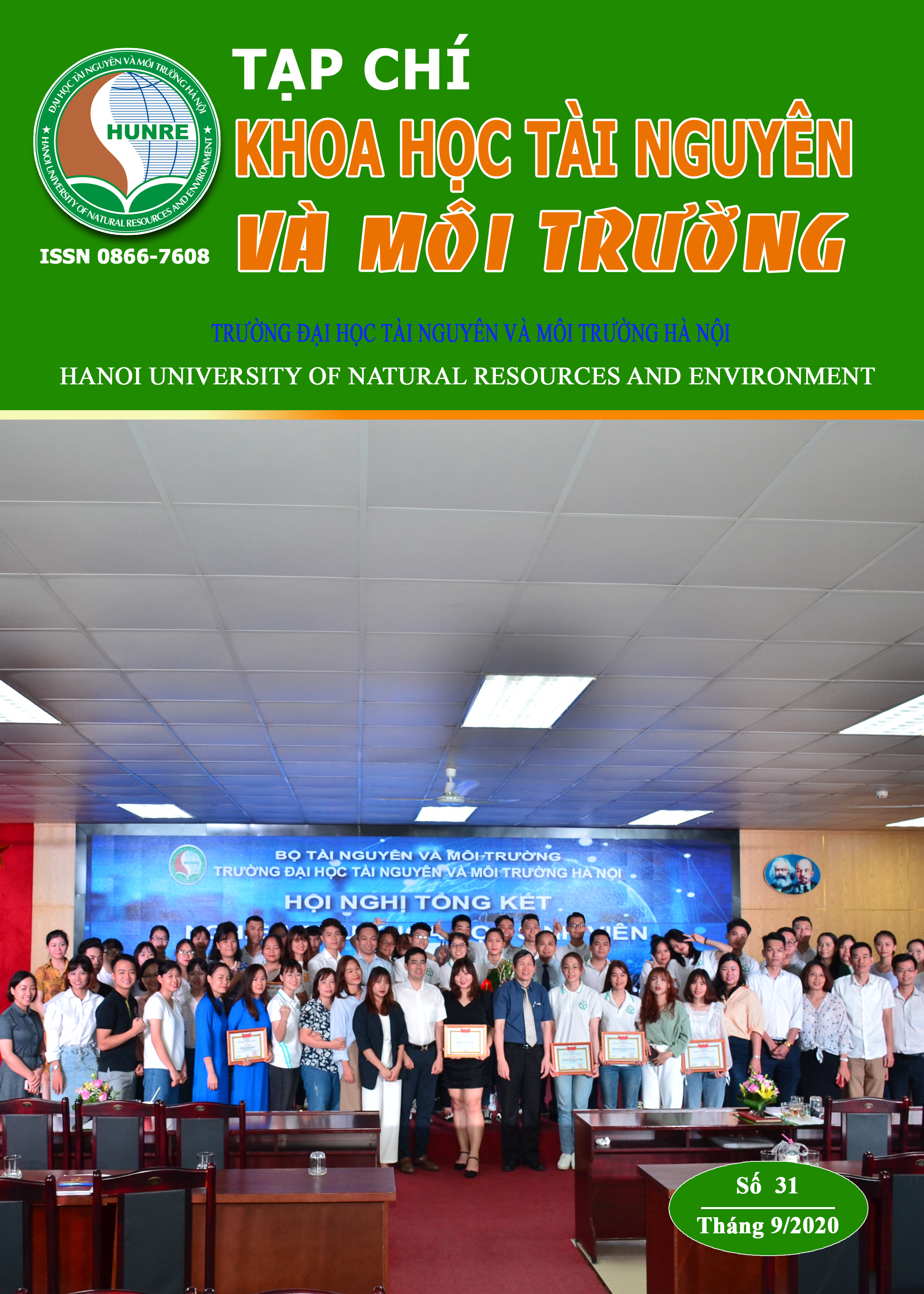03. ĐẶC ĐIỂM PHÂN BỐ THEO KHÔNG GIAN CỦA CHUYỂN ĐỘNG THẲNG ĐỨNG TRÊN KHU VỰC BẮC BỘ TRONG THỜI KỲ MÙA HÈ
Abstract
This paper uses the convection and wind speed u, v data above 23 isotropic levels to study the spatial distribution of convection in the Northern of Vietnam. The results showe that the upward motion is dominant in this region during the period of this study. In addition, convection has large differentiation in space, especially in the east-west direction. Vertical movement characteristics are also different in atmospheric layers. In the boundary layer, the speed of convection in the Eastern North is stronger than that in the Western North; In contrast, in the 800 - 600hPa and the above 600hPa layers, the convection in the Western North is stronger. The low-level upward in the Eastern is due to the convergence of the easterly wind. Whereas, the upward from 800hPa over area is due to the convergence in the west wind zone or in the west wind zone with Pacific high pressure margin. Besides, there are two downward motion area. The first downward area develops from the surface, reaches a maximum at 850hPa and suppresses at 700hPa.Tthis area exists in Hoa Binh, Son La, Phu Tho and is formed due to the Foehn effect. The second downward is in the 750 - 600hPa layer and exists on the east of Hoang Lien Son mountain in Yen Bai, Lao Cai and Tuyen Quang provinces. In both Western and Eastern area, the convection motion in the middle and upper layers reach peak in July and August.

